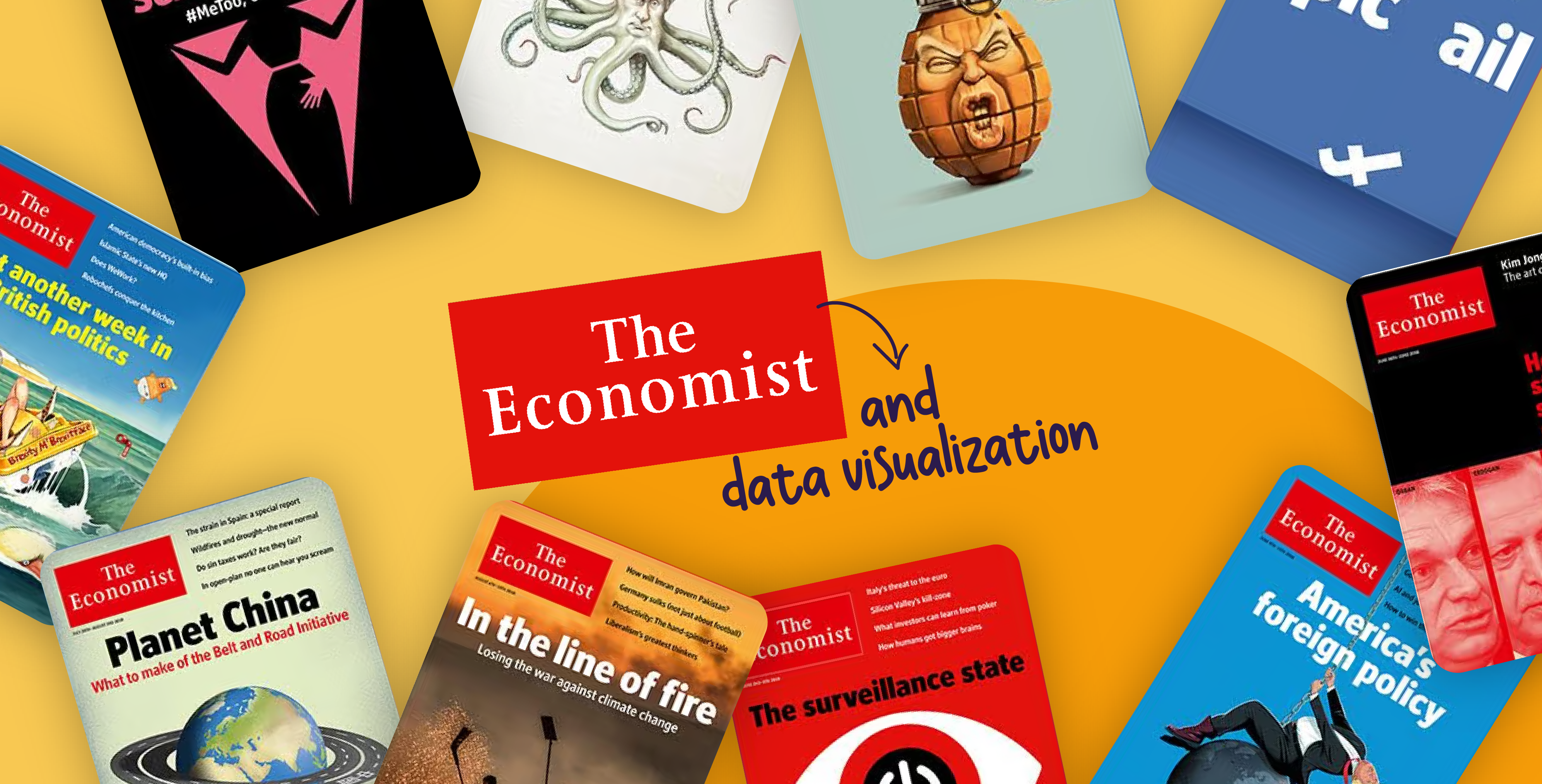15 July 2024
In the business world, consulting presentations come as a relief from the constant ambiguity and uncertainty. Having data and research inform the consultant’s advice offers a beacon of clarity for clients. But often it is the way a presentation shapes that impression; this essential tool has the power to influence decisions, challenge mindsets, and pave a path for organizations. At Prezlab, we’ve seen firsthand the impact a well-crafted consulting presentation can have, and in this blog, we will discuss what elements you can master to create game-changing slide decks.
What is a consulting presentation?
While consulting presentations may look like just another slide deck, they actually have a lot of influence that can make or break a project. It is where a consultant lends their expertise to a client’s needs through clarity, brevity, and persuasion to bring insights and recommendations to life. We aim to unravel the different elements that make up an effective consulting presentation by identifying their purpose and components.
What is the purpose of a consulting presentation?
Before we look into the components of a consulting presentation, let us understand the purpose behind them:
Securing funding
The story of every successful startup begins with a powerful pitch deck, which is the heart of any venture’s idea. The presentation here doesn’t just tell an investor about a premise; rather, it sells an idea to showcase the potential it has to redefine the industry. An expertly crafted consulting presentation turns a budding idea into concrete, actionable propositions. These presentations bridge the gap between a visionary and an investor and make the case for an idea to deserve the capital and resources to be brought to life.
Influencing policy
With any policy change or societal shift, consulting presentations bear the responsibility of pushing for informed and sound decision-making. These slides are not just about the facts and figures; they provide strategic narratives that provide the necessary groundwork to steer those decisions. They weave together data, research, and stories to make a case to urge policymakers to consider new options that can shape the future.
Driving organizational change
To stay relevant, many businesses find themselves needing to reproduce and change within the ever-evolving marketplace. When found at these crossroads, consulting presentations are the guiding light that paves the way for a new direction. Their role isn’t just to gather compilations of what aspects need to change; they are blueprints that encapsulate the essence of the new vision. It sets the scope and maps out the roadmap, providing a reference while rallying all those involved to align for a common goal.
Key elements to consider for an effective consulting presentation
As we unravel the layers that make up an effective consulting presentation, you quickly realize that it’s a lot more than just the facts and figures. Rather, it’s an experience that inspires and influences the audience. By blending data with storytelling, these presentations are an art form in themselves. Let us explore some of the crucial elements that presenters must consider to ensure that their presentations can truly make an impact and resonate with their audience.
Crafting a powerful narrative
Narrative is the necessary bridge that links raw data with thoughtful insight. Stories make information more human and relatable. To craft effective narratives for a consulting presentation, consider:
Understanding the audience
Before you start, think about who it’s for. Are you addressing stakeholders looking for ROI or directionless employees? Recognizing what your audience is looking to hear is half the work. When you tailor the narrative to specific perspectives, you’re already halfway there to gain their trust and attention.
Building a hook
Every engaging story starts with a strong beginning that hooks you in. In consulting presentations, this translates into the problem statement or the “why should I care?” part of the narrative. But it’s not about simply stating the problem, you need to frame it in a way that can resonate with the audience. By posing the central question, you lure in a curious listener and lay the foundation for the rest of the presentation.
Taking them on a journey
Once you’ve managed to hold your audience’s attention, you can now begin the narrative journey. Using the traditional storytelling structure, you begin by introducing the challenge and setting the tone. Then you lead them into the middle part with the extensive research. And finally, you smoothly slide into the conclusion with your solutions. Stories turn audiences into active participants, so you can end on a hopeful note by giving an audience a vision for the future to look forward to and begin working towards.
Building trust through transparency
Trust is rooted in transparency. You cannot build relationships without a confident audience, so avoid “fake news” by keeping in mind the following:
Using authentic data
Naturally, you want the data to support your argument, and you might get the urge to cherry-pick the information that fits your narrative. However, authenticity is achieved when the facts speak for themselves. The presenter’s true skills lie in making the narrative fit the facts, not in altering the facts to fit the narrative.
Being clear on sources
Every piece of information shared should have a traceable origin point. Being straightforward with where your data was sourced from gives your presentation credibility and protects it from any potential disputes. Since information can be found easily and everywhere, the quality and reliability of the information are crucial. Presenters can emphasize their meticulous research and foster trust by clearly stating their sources.
Highlighting assumptions
Many consulting presentations will feature forecasts and projections for the future that rely on assumptions. It can seem tricky to support projections for results that do not exist yet, but by outlining the assumptions, you add a layer of depth to the presentation. It provides a proactive approach that anticipates future results and showcases the presenter’s preparedness and research. It shows that they considered several angles and perspectives, solidifying them as trusted advisors.
Customization for audience engagement
Every audience is different, and recognizing this difference can make or break a presentation.
Customization is not merely a modern trend but an essential aspect of effective communication. At the heart of any successful presentation, lecture, or seminar is an understanding of the audience’s unique characteristics and needs. Every audience varies in its preferences, culture, and expectations. Recognizing these nuances doesn’t just enhance the presentation; it’s often the difference between one that’s forgettable and one that leaves a lasting impression.
Segmenting the audience
Audiences are rarely homogenous; there will always be distinct segments that each have their own interests and priorities. Assuming otherwise will lead to broad and unspecific messages that are too general to benefit anyone. By recognizing the different types of people within an audience, a presenter can incorporate different elements to resonate with and relate to each group. Tailoring a presentation to address different concerns ensures that the main ideas and concerns are addressed and that no one feels lost or dissatisfied.
Using relevant case studies
Another way to address a specific audience’s concerns is to offer case studies that are relevant to their industry and experience. Real-life examples make the abstract concrete. The theories and models are valuable, but drawing parallels from true events can effectively make the point clear and resonant. Relevant case studies make the subject matter relatable and closer to the audience.
Mastering the Q&A session
Usually, the consulting presentation is just the precursor; the real challenge is what comes after: the Q&A segment. It is the perfect opportunity to properly engage with the audience, in that unscripted conversation, you can best demonstrate your expertise in the subject matter.
Anticipating questions
Even though every audience is different, a seasoned consultant can usually predict the kinds of questions that will come. By being able to anticipate these questions, you can prepare succinct and thought-out answers for a seamless interaction. Not only does preparation showcase your expertise, but this proactivity also shows that you respect the audience’s curiosity.
Handling curveballs
Despite your preparation, there will always be unexpected questions that catch you off guard. And although these curveballs present a challenge, they are also an opportunity. The key is to handle these questions with composure and transparency, you can acknowledge that you might not have an immediate answer and offer to follow up. This way, you would indicate your credibility by reminding the audience that you are always learning and evolving.
Ending on a high
There is no need for a Q&A session to just be a static series of responses, you can use this opportunity to go back to your presentation’s original message and theme. This way, you ensure that the message isn’t lost after segueing into different topics covered in the Q&A. By repeating the core idea, you solidify the presentation’s primary takeaways and leave that as the audience’s final impression.
A consulting presentation aims higher than a typical presentation; it offers a roadmap to help clients navigate their challenges. It weaves together a sophisticated blend of influence, understanding, and engagement to share research and insights with an audience. By putting together a compelling narrative and building rapport, these presentations educate and empower audiences to envision the path ahead. As they are about shaping perspectives and steering choices, they should be an illuminating experience for stakeholders.






